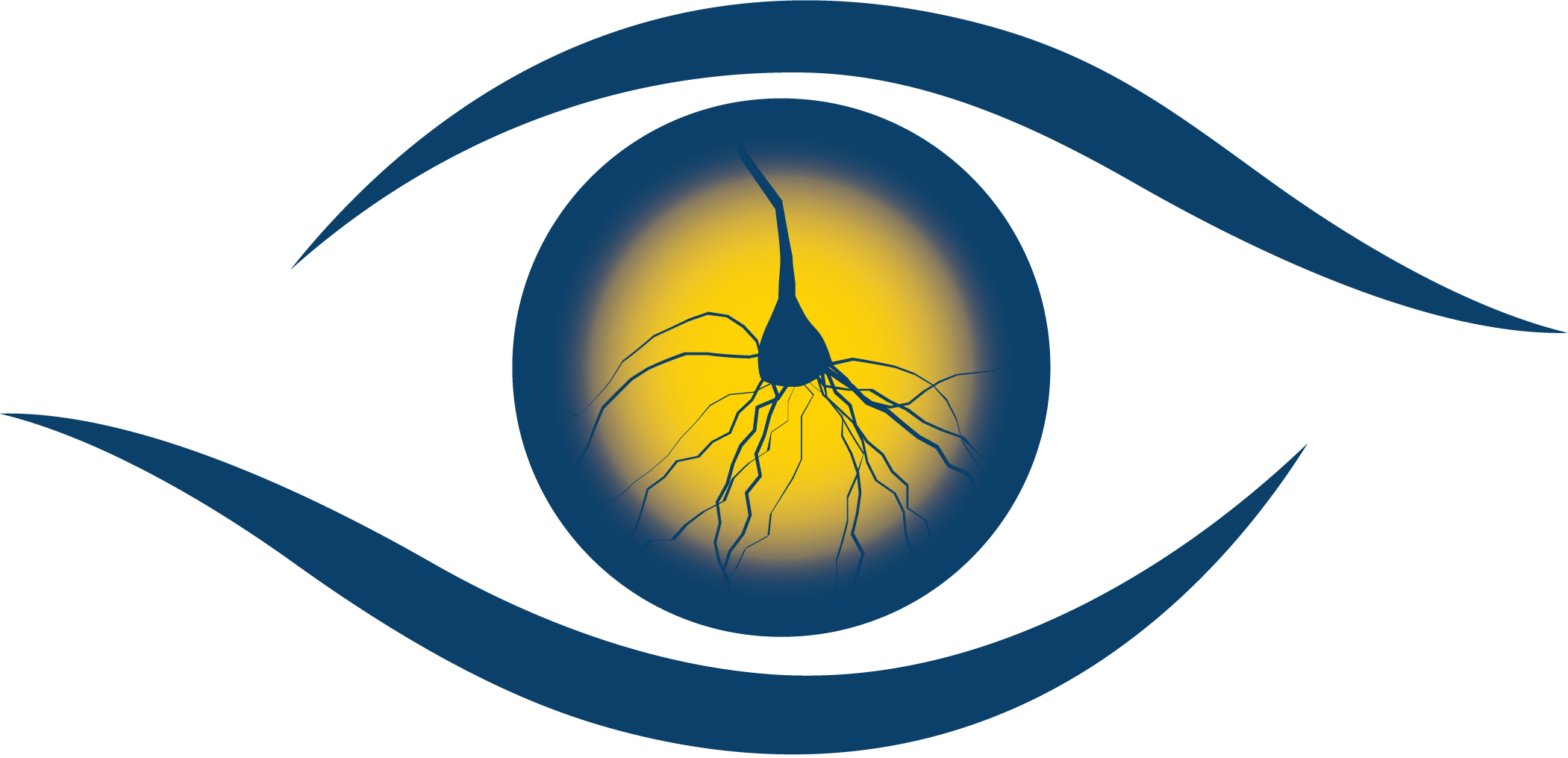Orientation in Space
17th Symposium: June 21-23, 1990
Program Speakers:
R. A. Andersen, Massachusetts Institute of Technology
Neural mechanisms for coordinate transformations
Dana Ballard, University of Rochester
Animate vision
Martin S. Banks, University of California, Berkeley
Optic flow and the perception of self motion and relative depth
Felice L. Bedford, University of Arizona
Constraints on learning mappings between spatial dimensions
Bruce Bridgeman, University of California, Santa Cruz
The role of efference in space constancy
Michael E. Goldberg, National Eye Institute
The maintenance of spatial accuracy by visual neurons in the monkey cerebral cortex
Ian P. Howard, York University
Visual-vestibular interactions in perceived stability
Marc Jeannerod, Bron, France
Effects on changing target location on prehension movements
W. Michael King, University of Rochester
Efference copy in the control of the vestibulo-ocular reflex
Dennis M. Levi, University of Houston
Lotze's local sign: a mechanism for judging distance
Stephen G. Lisberger, University of California, San Francisco
Visual motion signals supporting stabilization of gaze by pursuit eye movements
Laurence T. Maloney, New York University
Calibration of simple visual systems by comparison across eye movements
Brian J. Rogers, University of Oxford
Surface perception from disparity and parallax information
Andrew B. Schwartz, Barrow Neurological Institute
Motor cortical contributions to skilled movement
Martin J. Steinbach, Eye Research Institute of Ontario
Human eye muscle proprioception: its existence and its raison d'etre
William H. Warren, Brown University
Navigation from optical flow
Jeremy M. Wolfe, Massachusetts Institute of Technology
"See as thou wast want to see" Aftereffects and the recalibration of visual percepts
Laurence R. Young, Massachusetts Institute of Technology
Spatial orientation in weighlessness



